My eyes are burning. The morning Sun, already 40° high, glares a lemony-orange. It’s meteorologically clear, but the sky looks like paste. What’s going on here?
Forest fires! Many in the Midwest, northern mountain states and Canadian provinces have been living under a dome of high altitude smoke the past few days reflected in the ruddy midday Sun and bloody midnight Moon.
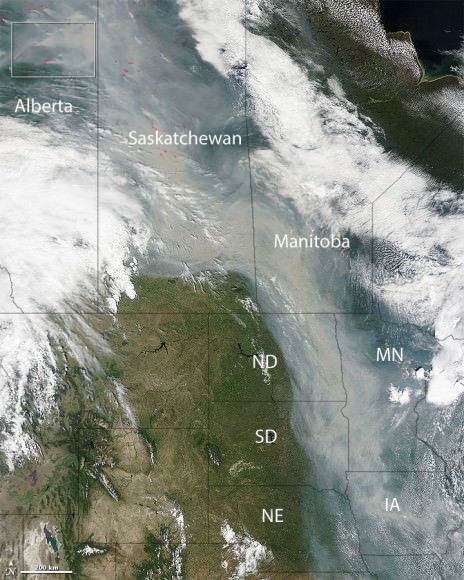
Fires raging in the forests of northern Alberta and Saskatchewan have poured tremendous amounts of smoke into the atmosphere. Favorable winds have channeled the fumes into a brownish river of haze flowing south and east across Canada and into the northern third of the U.S. If an orange Sun glares overheard at midday, you’ve got smoke. Sometimes you can smell it, but often you can’t because it’s at an altitude of 1.2 – 3 miles (2-5 km).
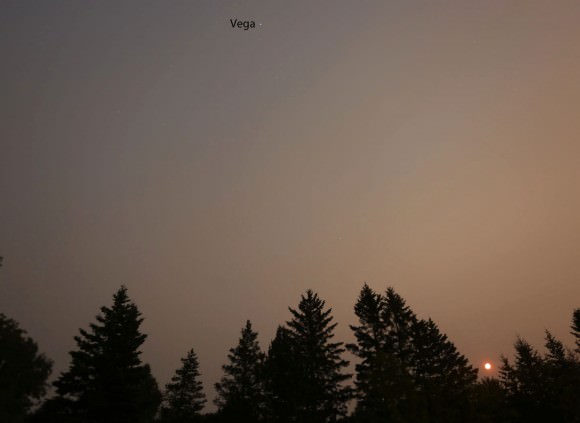
But the visual effects are dramatic. Last night, the nearly full Moon looked so red and subdued, it could easily have been mistaken for a total lunar eclipse. I’ve never seen a darker, more remote-looking Moon. Yes, remote. Without its customary glare, our satellite looked shrunken as if untethered from Earth and drifting away into the deep.
And nevermind about the stars. Try as I might, I could only make out zero magnitude Vega last night. The camera and a time exposure did a little better but not much.
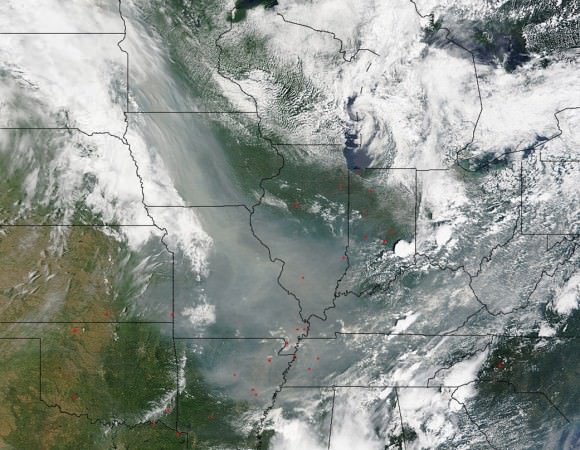
These days of deep red suns in the middle of the day fiery moons at night are an occasional occurrence across Canada and the northern half of the U.S. during the summer. Our previous bout with fire haze happened in early June as a result of massive wildfires in the Northwest Territories and northern Alberta. A change in wind direction and thorough atmospheric-cleaning by thunderstorms returned our blue skies days later.
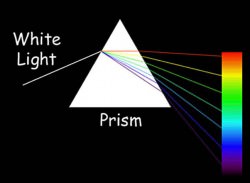
While the downsides of fire haze range from poor air quality to starless nights, the upside is a more colorful Sun and Moon.
Back in grade school we all learned that white light is made up of every color of the rainbow. On a sunny day, air molecules, which are exceedingly tiny, scatter away the blue light coming from the Sun and color the sky blue. Around sunset and sunrise, when the Sun’s light passes through the lowest, thickest, haziest part of the atmosphere, greens and yellows are also scattered away, leaving an orange or red Sun.
Fire smoke adds billions of smoke particles to the atmosphere which scatter away purples, blues, greens and yellows to turn an otherwise white Sun into a blood red version smack in the middle of the day.
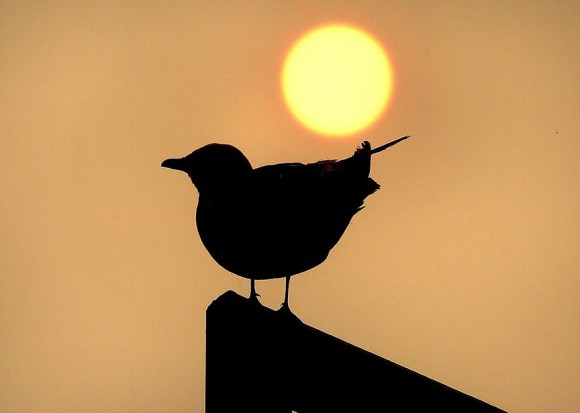
Keep an eye on the color of the blue sky and watch for red suns at midday. Forest fires are becoming more common and widespread due to climate change. If you’ve never seen this eerie phenomenon, you may soon. For more satellite images of forest fires, check out NASA’s Fires and Smoke site.
I’ve often wondered what it would look like if Earth orbited a red dwarf star instead of the Sun. These smoky days give us a taste.

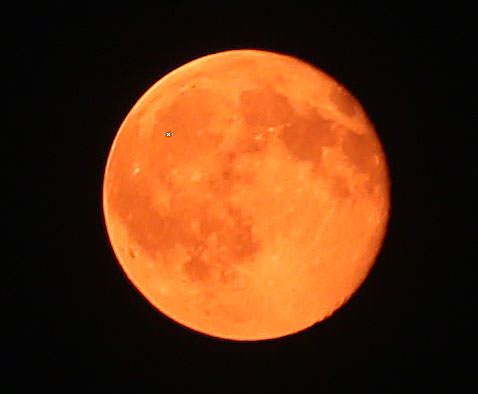
did you tried to make a poem there, Bob? 😉
My eyes are burning.
The morning Sun,
already 40° high,
glares a lemony-orange.
It’s meteorologically clear,
but the sky looks like paste.
What’s going on here?
Zoutsteen,
No, but you certainly did! Love it. The “Hazy Haiku”?
Sorry to hear that your skies are smokey. (What is that bright spot in the first picture… image/pixel flaw? You KNOW what I’d like it to be? A meteor strike!) Here? Last night we actually got a couple hundredth’s of an inch of rain. So our skies are clear, but our drought continues. The WX sez El Nino this winter so like Texas, we might go from severe drought to flood?
This weekend’s celebrations usually include illegal fireworks. Wish us luck with that! Burnt hills don’t hold water very well, but are really very good at making mudslides in a hard rain… dzzz. If the ‘F’ don’t get you, the ‘F’ might!
Aqua,
We all are under the weather’s thumb one way or another, but if you’re talking drought, you guys have had it worst.
Talking of being like a planet of another star: in 1950 Scotland had a blue Sun due to a high-altitude smog of oil droplets which had condensed above forest fires in Canada, and blew across into northern Europe via Greenland and Iceland. My grandmother took me to Troon beach to see it. The sky was bronze, the Sun was blue, the whole landscape was alien, and at 4 years old I thought ‘This is like being on another world’. It had a lot to do with starting me on the career I’ve followed since.
Duncan,
Thanks for sharing a great story. It is remarkable how one incident can sometimes such have a profound effect on one’s life. That’s why it always to good to get outside (!)
Bob: I live in south central Saskatchewan, and here the smoke goes from ground level to ~3km. Very solid. The thickness shifts based on wind conditions, but it goes from fairly clear at ground level to so thick you can’t see buildings a couple hundred meters away.
It sucks, but I’m liking the effect on the sun:). It has actually been completely blocked out a few times. I imagine this is what a dust storm on Mars is like. Not dark, but just… hazy, with no sun. Like a thick fog in Scotland.
Yesterday the sun was dimmed so much that you could look at it with your naked eyes without getting so much as an afterimage (far less bright than a standard lightbulb). I know what you mean about the moon (or sun in this case) looking shrunken without the glare around it! It looked quite small.
I was struck by how perfectly round it appeared while high in the sky. I’m aware of the illusions that happen as it approaches the horizon (which is usually the only time we can look at it), but it was still weird to see it so very round. The edges of the sun were also incredibly sharp. Like they had been scalped out from the surrounding sky with great care. (Or photoshopped out manually pixel by pixel).
My wife thinks I’m crazy, but I swear that I could see very tiny streaks coming from parts of the surface of the sun and going a short distance into space. I was wondering if these were an optical illusion, or if I really could see faint prominences and flares! (I didn’t look very long, just in case, but the sun was so dim that I think I could have.)
A few years ago I travelled to Fort McMurray for an asteroid occultation. The sky was clear but so thick with smoke that all I could see naked eye was the Moon and Jupiter. I was prepointing, and fortunately, my target was close enough to where Jupiter was at the time I was setting up that I could use it to find the right spot in the sky. I managed to get set up, turned on the VCR timer, then drove into town to try (unsuccessfully) to set up a second telescope. When I got back to the first site, I was very pleased to see that my 8″ telescope had penetrated the gloom and recorded the occultation.